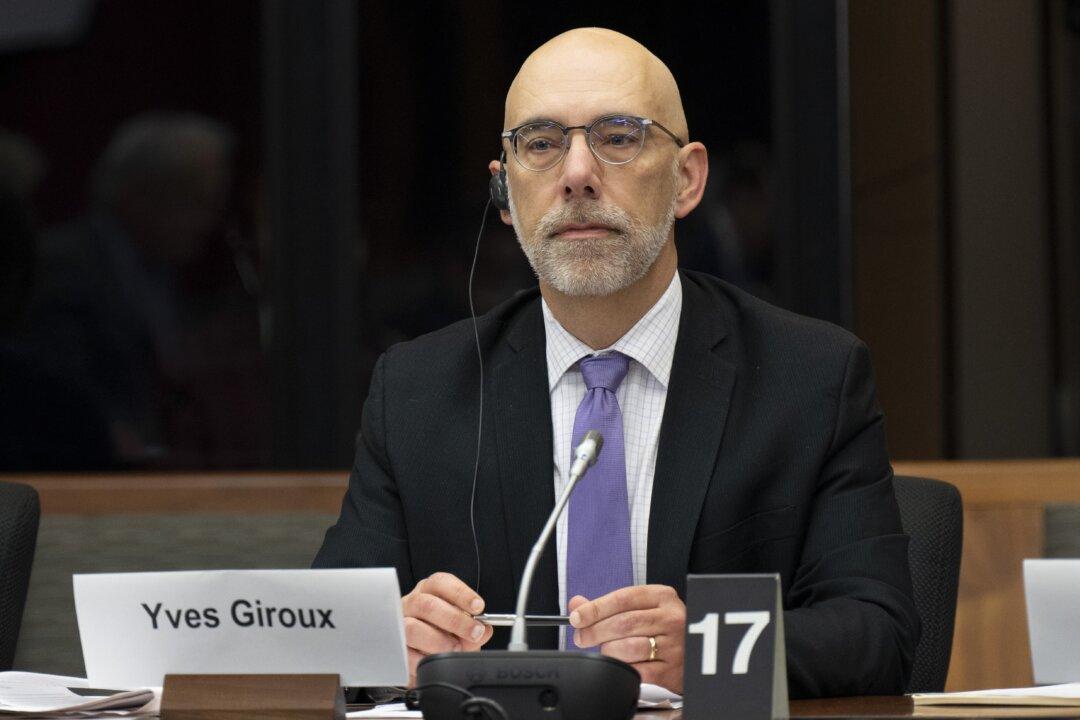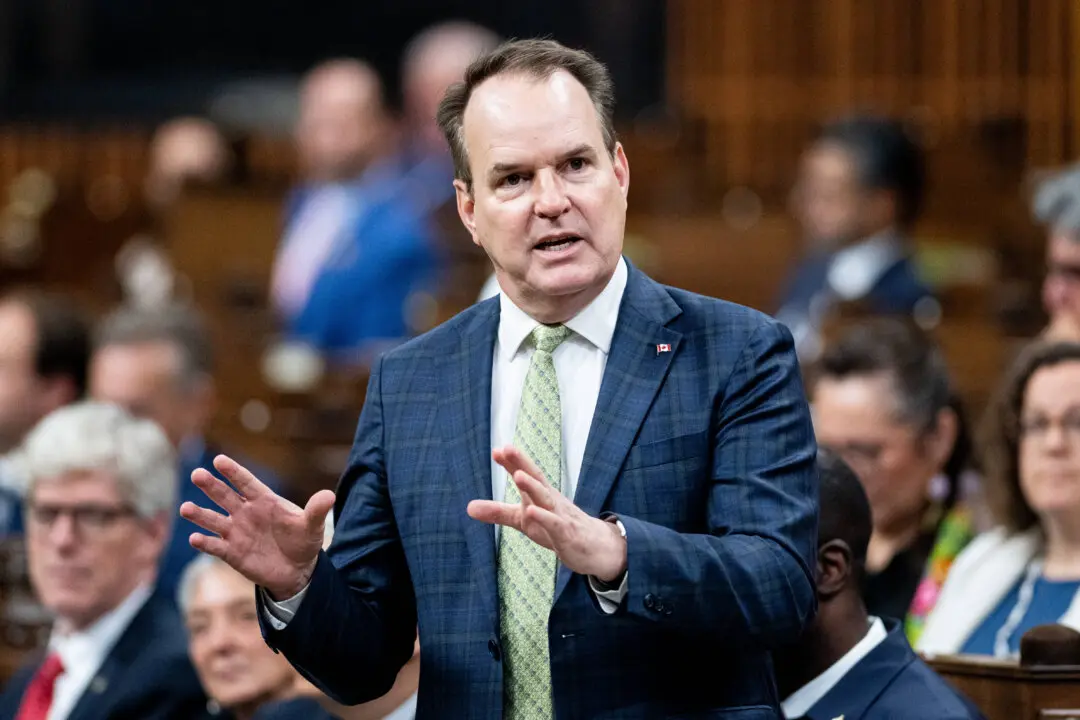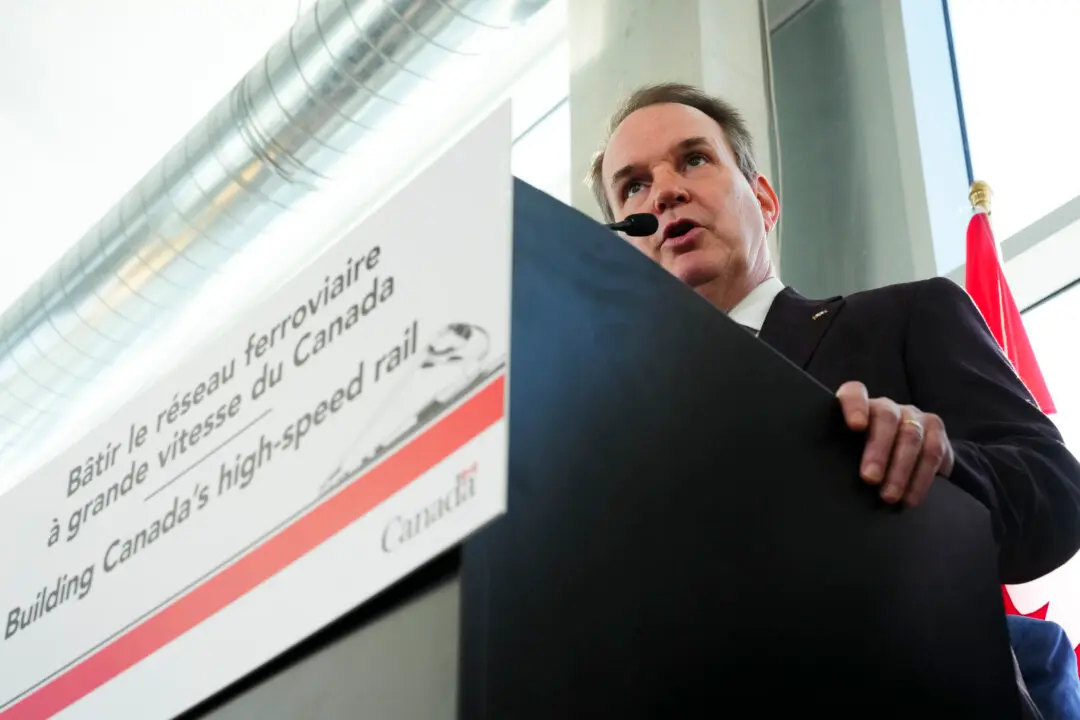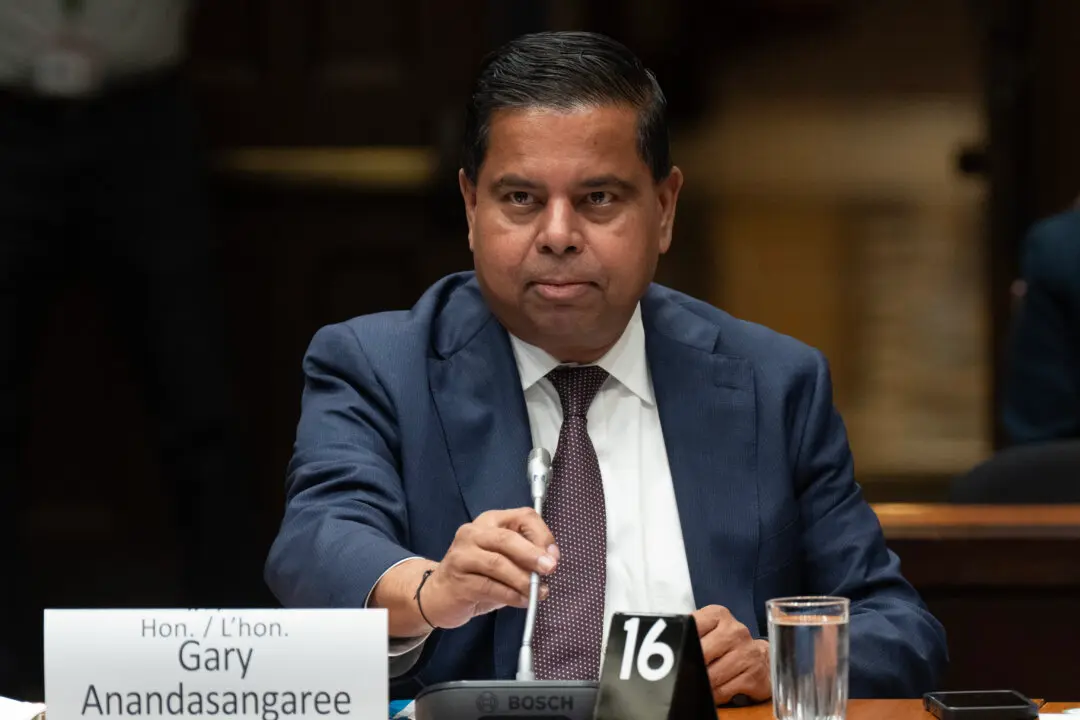Parliamentary Budget Officer Yves Giroux says the Liberal government’s increase in both the number of public servants and the associated spending has not resulted in improved services for Canadians.
“I’ve noticed a marked increase in the number of public servants since 2016 and a proportional increase in spending that corresponds with the increase in public servants, but we haven’t seen similar improvements when it comes to service. Performance indicators don’t correspond to this increase,” Mr. Giroux told the Standing Committee on Government Operations and Estimates on Oct. 19.





